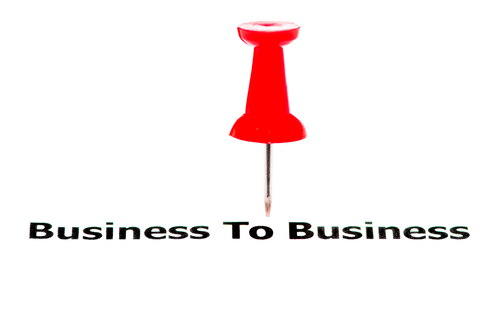Together with the Business Marketing Association (BMA), Forrester research examined the budget expectations of the C-suite. They discovered that—on average—marketing budgets would increase by six percent over the previous year. But this isn’t the case across departments. For example, 45 percent of those surveyed said they would hold their ad budgets at the same level and 22 percent of respondents would be reducing this line item.
“Business is just tightening its belt all around,” explains Laura Ramos, Vice President and Senior Analyst at Forrester. “You have to really prove that you’re going to return value to the business to get more budget money.”
On her Forrester blog, Laura wrote about how B2B marketers should be wisely spending this funding in 2015:
- Assets with reusable potential, tablets, smartphones, and other technologies
- Foregoing the big events for more regional or industry-specific shows
- Optimizing digital and social spending for the best results
- Content creation focused more on buyer engagement
- Setting aside funds to experiment on different trends and afford more flexibility
Automation And Analytics
Salesforce reports that 77 percent of top marketing companies feel compelled to use marketing automation to improve revenue. These technology investments allow marketers to nurture prospective clients, execute multi-channel campaigns, and manage communications based on engagement. Some B2B marketing statistics point to a 10 percent revenue stream coming from marketing automation, and that lead generation is the main objective when using this type of technology.
Another key area of investment, particularly when it comes to proving value and earning budget, is marketing analytics. But this goes beyond page views. Marketing technology can deliver statistics on exactly how content performs, where conversions occur, and the impact of content and messaging on the user’s journey.
This is a relatively new concept in marketing. For a long time, marketers could only drill down to the campaign-level to understand the impact of their efforts. But with the advent of things like Kapost’s Content Scoring, progressive marketers can understand the impact of marketing down to the content level.
“Kapost gives us the perspective of, ‘is it working or not?’ Which has always been a big challenge for me and my career,” said Doug Sechrist, VP of Demand Marketing at Five9 in a recent webcast. “Actually getting down to the piece of content and being able to look at how that content is being used across multiple different channels is really tough. Kapost gives a great way to really measure content, build it into scoring, and actually do some influence and attribution reporting on whether that content is working.”

Better ROI Numbers
Studies from these marketing technology companies show that customers see a revenue increase by six times the usual rate, a 350 percent increase in conversions, and team costs cut by as much as $200,000.
As the old idiom goes, you have to spend money to make money, this statement goes hand-in-hand with advertising and marketing in general, but is now becoming synonymous with automated marketing plans. Not only can B2B marketing budgets be more effective, their results can be quantified and reviewed on a regular basis. With proven ROI figures available, marketers can remove confusion and animosity between themselves, those in sales, and the decision-makers in the C-suite.
In closing, for those of us not needing to take out a small business loan to pay for advertising and marketing, look for better strategies centered around mobile technology, social media, and making more effective connections and engagement with consumers. There will also be more emphasis placed on automated marketing dollars spent to show a better ROI with proven analytics, statistics, and figures confirming the worthiness of these strategies.
This article was syndicated from Business 2 Community: How To Be Smarter About Your B2B Marketing Budgets
More Sales & Marketing articles from Business 2 Community:




